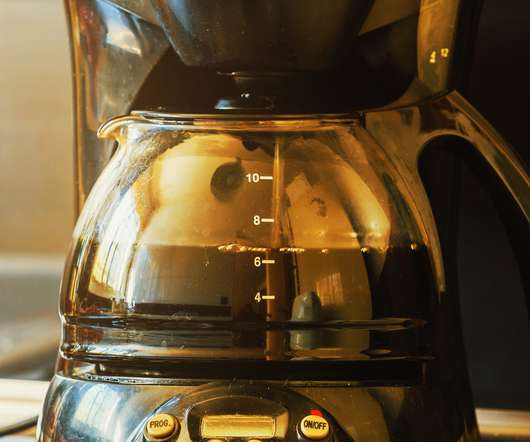Measuring Up?
Supply Chain Shaman
MARCH 28, 2016
The average manufacturing company’s supply chain organization is 15 years old. To help, in this post, we provide you with some insights for the period of 2006-2015. In our analysis, only one out of ten companies successfully improves operating margins and inventory turns at the same time. A Look at History. Resiliency.















Let's personalize your content